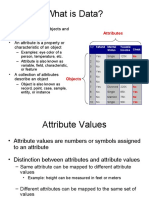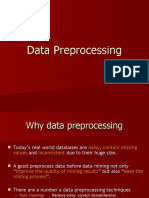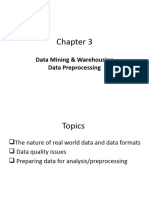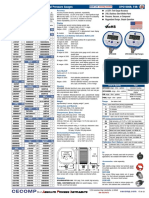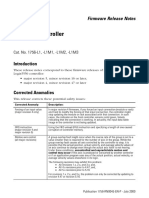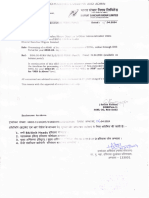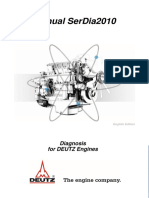0% found this document useful (0 votes)
42 views50 pages2 Data Pre-Processing
The document discusses data preprocessing techniques. It explains that data preprocessing involves transforming raw data into an understandable format through techniques like data cleaning, integration, transformation and reduction. The goal of preprocessing is to improve data quality by handling issues like incomplete, noisy and inconsistent data.
Uploaded by
NooRCopyright
© © All Rights Reserved
We take content rights seriously. If you suspect this is your content, claim it here.
Available Formats
Download as PPTX, PDF, TXT or read online on Scribd
0% found this document useful (0 votes)
42 views50 pages2 Data Pre-Processing
The document discusses data preprocessing techniques. It explains that data preprocessing involves transforming raw data into an understandable format through techniques like data cleaning, integration, transformation and reduction. The goal of preprocessing is to improve data quality by handling issues like incomplete, noisy and inconsistent data.
Uploaded by
NooRCopyright
© © All Rights Reserved
We take content rights seriously. If you suspect this is your content, claim it here.
Available Formats
Download as PPTX, PDF, TXT or read online on Scribd
/ 50



